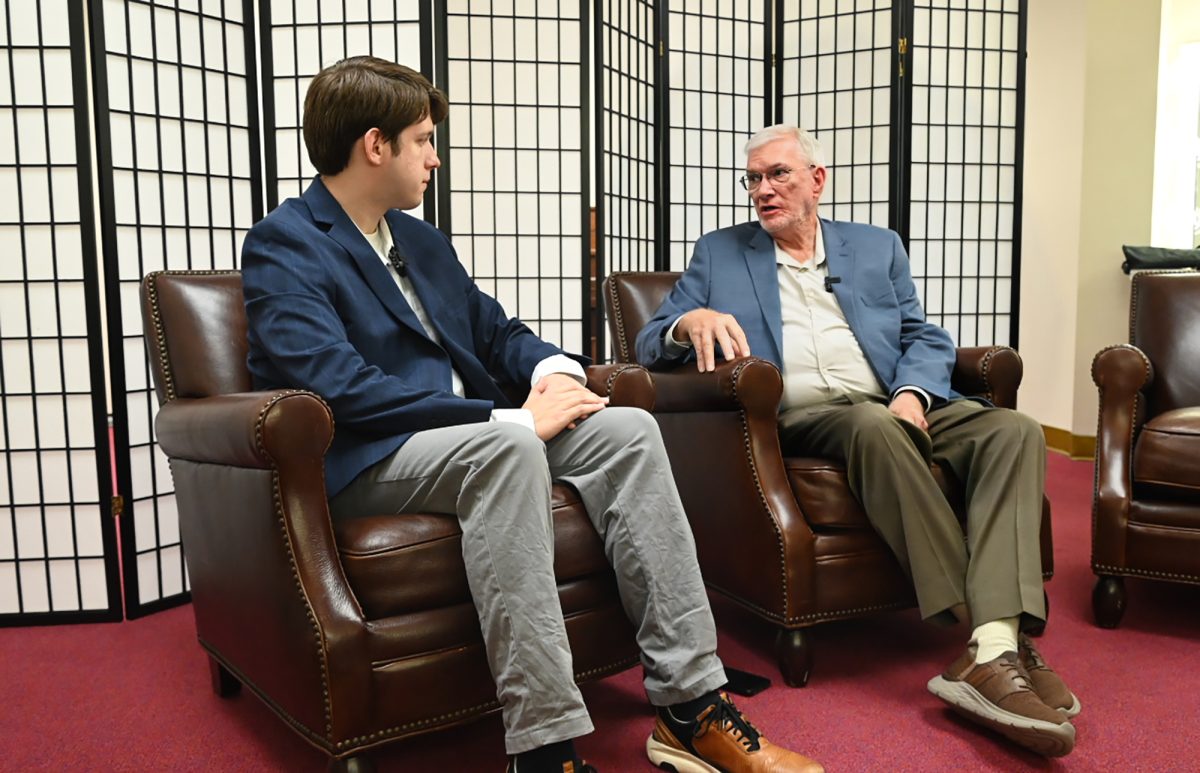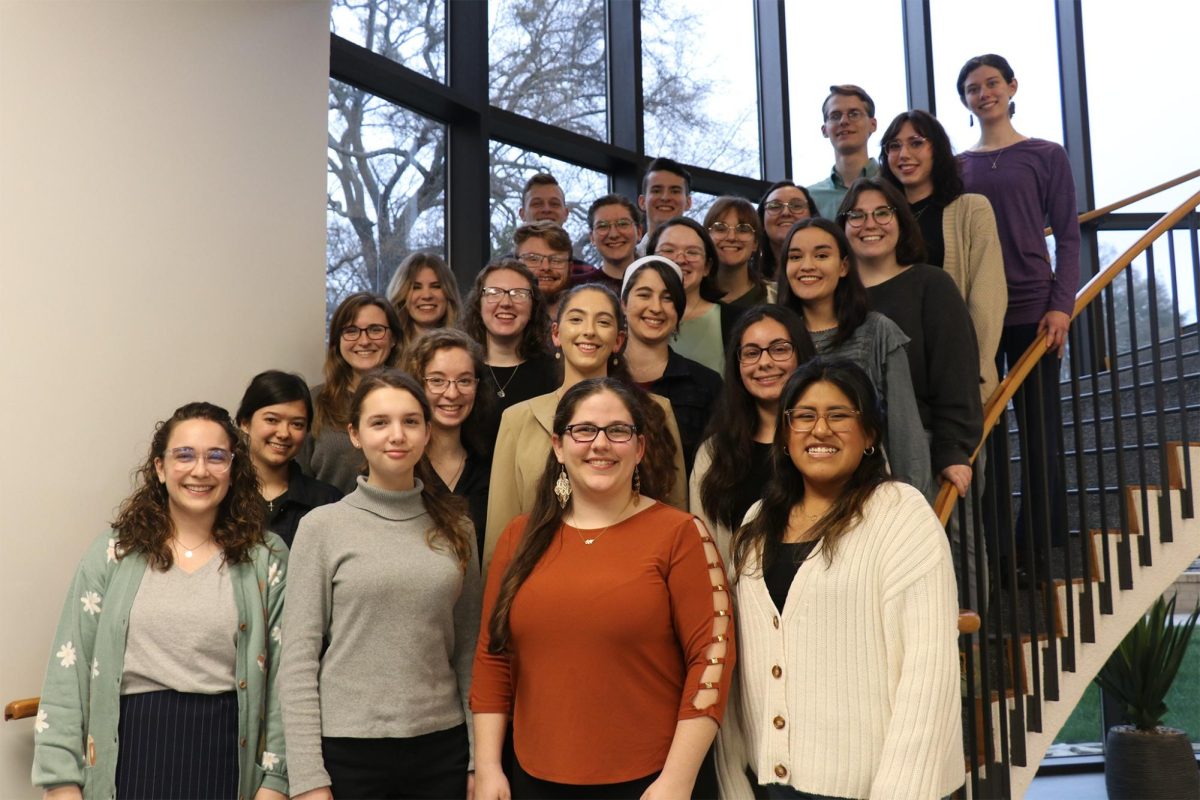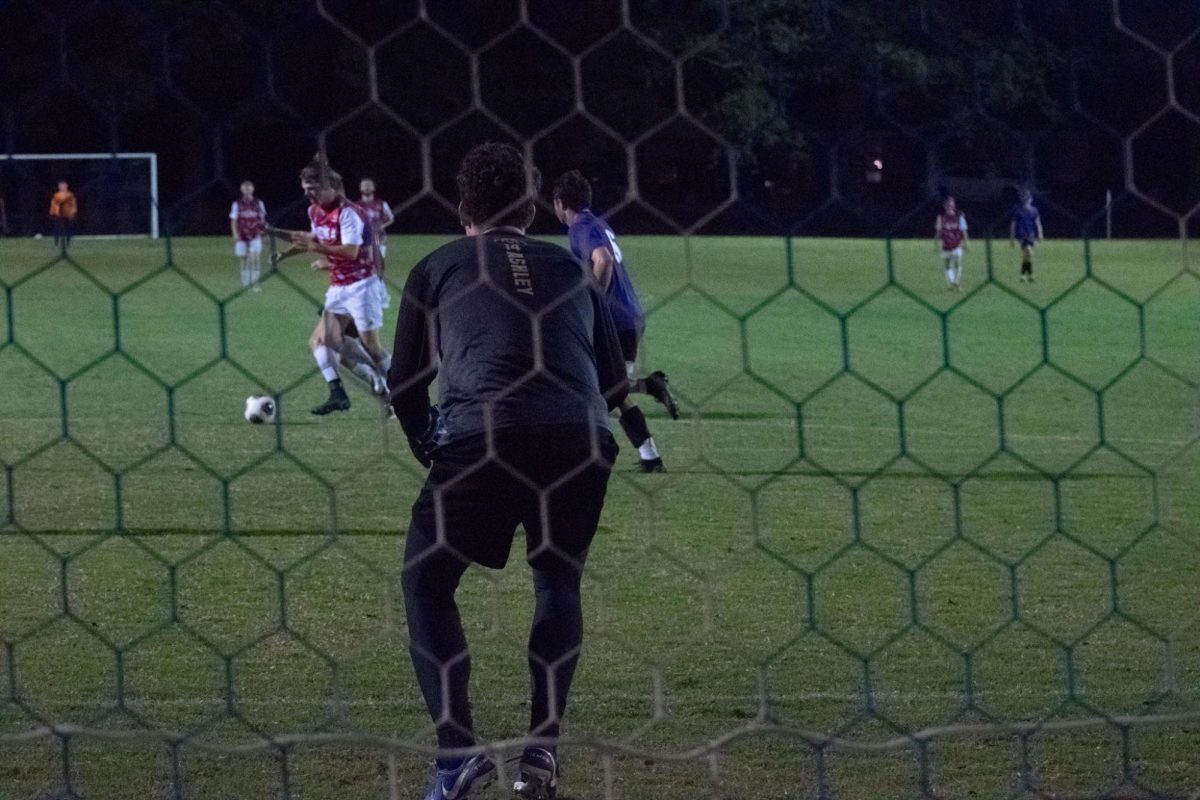Have you ever run across a click-bait headline like the one above? If you have ever used the Internet, then chances are high that you’ve run across a headline that says something like “This new Greenville law has drivers furious” or “This tiny Greenville company is disrupting a $500 million business.”
These types of articles are often little more than fluff designed to keep you clicking through the internet. And it works. How many times have we clicked on a headline to be disappointed by what was beyond the attention-grabbing, and sometimes false, headline?
Surely, after being on the internet for so long, with many students having grown up with Google, people would navigate away from these empty articles. But we don’t; Jayson DeMers, a Forbes magazine writer, gives four reasons we are drawn into these stories.
First, clickbait taps into your curiosity. The wording gives just enough to tempt us but not enough to satisfy.
Second, clickbait works on our emotions. The wording promotes humor, disbelief or anger to come.
Third, clickbait encourages exclusivity by touting that only 1 in 100 people can (fill in the blank). Lastly, clickbait presents a challenge for the reader with wording like, “You’ll never guess what happens.”
Essentially, clickbait taps into our nature—curiosity, emotion, the desire to be unique and the desire to be correct. These traits are in all humans, and by hijacking these traits, websites make cash and send users down a rabbit hole of internet indulgence. The goal of clickbait isn’t to inform you but to keep you scrolling through sites until it’s 11:50 p.m., and you have a quiz due at midnight.
So, how can you avoid this trap and be more productive when using the internet? And how can you spot articles that are both credible and, well, true?
First, check the source. Similar to the real estate slogan of “Location, location, location” and the exegesis slogan of “Context, context, yaaaaay context” is the internet-scanning slogan of “source, source, source.”
Traditional pillars of the journalism world (Fox News, CNN, CBS, The Wall Street Journal, The New York Times, The Collegian) may have bias in them, but they don’t typically post outright, clickbait lies, like the death of Sylvester Stallone that turned out to be a hoax.
Some websites even use legitimate sounding names, like cnn-trending.com, to entice readers. So be careful about your source; otherwise you will be reading internet fluff with no substance.
Second, be wary of headlines. While even reputable sources try to make their headlines as exciting as possible, an unfamiliar site with a headline like “Sylvester Stallone dead at age…” should be treated with caution.
Third, consider multiple sources. If the news is truly earth-shattering, not just one website is going to cover it. When doubt starts to creep in, Google the article. Hoax articles are usually denounced quickly.
But most readers never search for more information once they read a single article. They accept it as truth. So, don’t be fooled. Find multiple sites that are covering the story.
Be careful about what you read. Many sites are devoted not to informing you but rather to wasting time and gathering clicks, like the Sylvester Stallone hoax. Take precautionary steps and use your precious time wisely.
After all, everyone will one day be accountable for even time spent on the internet.

























































